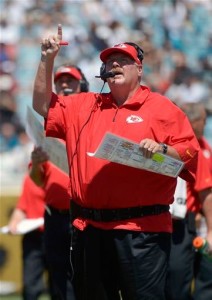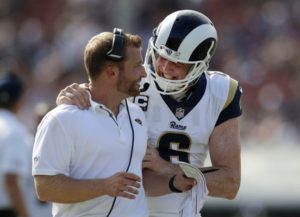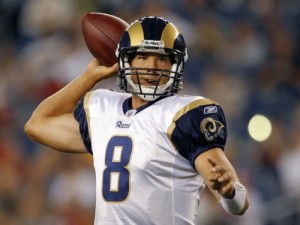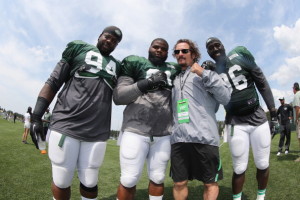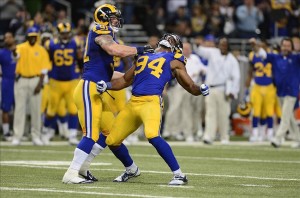In 2013, the Rams traded up to draft Tavon Austin with the 8th pick and Alec Ogletree at the end of the first round; the franchise also used third round picks on T.J. McDonald and Stedman Bailey. None of those players, or any other player drafted in 2013 by the Rams, is still on the team. In free agency, St. Louis signed Jake Long from Miami and Jared Cook from Tennessee, and neither of those players — or anyone else signed by the Rams that year — are still on the team.
The 2014 Draft didn’t get off to a better start — St. Louis drafted Greg Robinson with the 2nd overall pick, one of the largest draft busts in recent memory. But Les Snead — the same GM who traded up for Austin, whiffed on the rest of the 2013 draft, and then drafted Robinson — has been on a very hot streak ever since. An hour after taking Robinson, the team took Aaron Donald with the 13th pick that year. Then the Rams drafted Todd Gurley with a 1st round pick in 2015, and traded up for Jared Goff with the 1st pick in 2016. Those are the team’s best three players, but the bulk of the current roster was acquired in 2017.
Seven starters were added in 2017: wide receiver Robert Woods, offensive linemen Austin Blythe, John Sullivan, and Andrew Whitworth were all veteran acquisitions for the team, while the Rams used 3rd and 4th round picks on LB Samson Ebukam, S John Johnson, and wide receivers Cooper Kupp (8 starts) and Josh Reynolds (8 starts as Kupp’s replacement). It was not the star-studded, Kamara-esque class the Saints had that year, but seven starters is still seven starters.
The graph below shows the amount of AV on the 2018 Rams that was added each year, both via the draft and overall: [continue reading…]

